Vaping has become a popular alternative to smoking, and at the heart of this experience lies e-liquids. The science behind e-liquids is fascinating, involving a blend of chemistry, flavor artistry, and safety considerations. Understanding the components and processes that create these flavors can help consumers make informed choices. This blog will delve into the science behind e-liquids, shedding light on ingredients, flavor creation, and safety concerns.
What Are E-Liquids?
E-liquids, also known as vape juices, are the liquids used in electronic cigarettes and vaporizers. When heated, they produce the vapor that users inhale. The primary ingredients of e-liquids include propylene glycol (PG), vegetable glycerin (VG), nicotine, and flavorings.

Key Ingredients in E-Liquids
- Propylene Glycol (PG)Propylene glycol is a synthetic liquid that is odorless and colorless. In e-liquids, PG serves as a carrier for flavor and nicotine. It provides a stronger throat hit, similar to that of traditional cigarettes, which many ex-smokers appreciate.
- Vegetable Glycerin (VG)Vegetable glycerin is a natural compound derived from vegetable oils. VG is thicker and sweeter than PG and is responsible for producing large vapor clouds. It provides a smoother throat hit, making it popular among those who prioritize vapor production.
- NicotineNicotine is an optional component in e-liquids, and its concentration can vary widely. It is the addictive substance found in traditional cigarettes. E-liquids offer varying levels of nicotine, allowing users to gradually reduce their intake if desired.
- FlavoringsFlavorings give e-liquids their unique tastes. They can range from traditional tobacco and menthol to exotic fruits, desserts, and beverages. The flavorings used in e-liquids are typically food-grade and approved for consumption.

The Science Behind E-Liquid Flavors
Creating the perfect e-liquid flavor involves a deep understanding of chemistry and flavor science. Flavorists, also known as "mixologists," carefully craft these flavors by combining various compounds to achieve the desired taste and aroma.
Flavor Creation
- Flavor ProfilesFlavor profiles are the backbone of e-liquid creation. They define the primary taste categories, such as fruity, dessert, menthol, and tobacco. Each profile requires a unique combination of flavor compounds to replicate the desired taste accurately.
- Balancing ActCrafting e-liquid flavors is a balancing act. Too much of one compound can overpower the others, while too little may result in a weak or unbalanced flavor. Flavorists meticulously measure and blend compounds to achieve the perfect balance.
- Steeping ProcessOnce the e-liquid is mixed, it undergoes a steeping process. Steeping allows the flavors to mature and meld together, similar to aging wine. This process can take anywhere from a few days to several weeks, depending on the complexity of the flavor.
Common Flavor Compounds
E-liquid flavorings are composed of natural and artificial compounds that mimic the taste and aroma of various foods and beverages. Some common flavor compounds include:
- Vanillin: Provides a sweet, vanilla flavor.
- Ethyl Maltol: Adds a sweet, cotton candy-like taste.
- Menthol: Offers a cooling, minty sensation.
- Limonene: Gives a citrusy lemon flavor.
These compounds are carefully selected and blended to create the desired flavor profile.
Safety Concerns and Regulations
While e-liquids offer an enjoyable vaping experience, safety remains a top concern. Understanding the safety aspects of e-liquids is crucial for consumers.
Ingredient Safety
- Food-Grade IngredientsMost reputable e-liquid manufacturers use food-grade ingredients approved by regulatory bodies like the FDA. These ingredients are deemed safe for consumption, but their safety when inhaled is still under study.
- Diacetyl and Acetyl PropionylSome flavor compounds, such as diacetyl and acetyl propionyl, have raised safety concerns. These compounds are associated with respiratory issues when inhaled. Reputable manufacturers avoid using these compounds or ensure their levels are within safe limits.

Manufacturing Standards
- Quality Control:Reputable e-liquid manufacturers adhere to strict quality control standards. They use cleanroom environments and follow good manufacturing practices (GMP) to ensure the purity and consistency of their products.
- Labeling and TransparencyTransparent labeling is essential for consumer safety. E-liquid labels should clearly state the ingredients, nicotine content, and any potential allergens. This transparency helps consumers make informed choices and avoid harmful substances.
Regulatory Oversight
- FDA RegulationsIn the United States, the FDA regulates e-liquids as tobacco products. Manufacturers must comply with stringent guidelines, including ingredient disclosure and product testing.
- EU TPD ComplianceIn the European Union, e-liquids are regulated under the Tobacco Products Directive (TPD). This directive mandates maximum nicotine levels, child-resistant packaging, and comprehensive product testing.
Making Informed Choices
Understanding the science behind e-liquids empowers consumers to make informed choices. Here are some tips to ensure you select high-quality and safe e-liquids:
- Research Brands
Look for reputable brands with a history of quality and transparency. Reading reviews and seeking recommendations from fellow vapers can help you identify trustworthy manufacturers.
- Check Ingredients
Always check the ingredient list on e-liquid labels. Avoid products with harmful compounds like diacetyl and acetyl propionyl. Opt for e-liquids with food-grade ingredients and clear labeling.
- Consider Nicotine Levels
Choose nicotine levels that match your preferences and needs. If you're trying to reduce nicotine intake, opt for e-liquids with lower nicotine concentrations.
- Sample Different Flavors
Don't be afraid to experiment with different flavors to find your favorites. Many manufacturers offer sample packs, allowing you to try a variety of flavors without committing to large quantities.
- Prioritize Safety
Ensure the e-liquids you choose come from manufacturers that follow strict quality control standards and adhere to regulatory guidelines.
Conclusion: The Importance of Understanding the Science Behind E-Liquids
The science behind e-liquids involves a complex interplay of chemistry, flavor artistry, and safety considerations. By understanding the ingredients, flavor creation process, and safety concerns, consumers can make informed choices that enhance their vaping experience.
Atingbar: Your Premium Disposable ODM Vape Manufacturer
Atingbar is a premium disposable vape manufacturer with a commitment to developing innovative and premium disposable vape products. By partnering with Atingbar, you gain access to competitive pricing, innovative products, and a reliable supply chain, allowing you to capitalize on the lucrative opportunities within the ever-evolving vape industry.
Visit our website today to learn more.

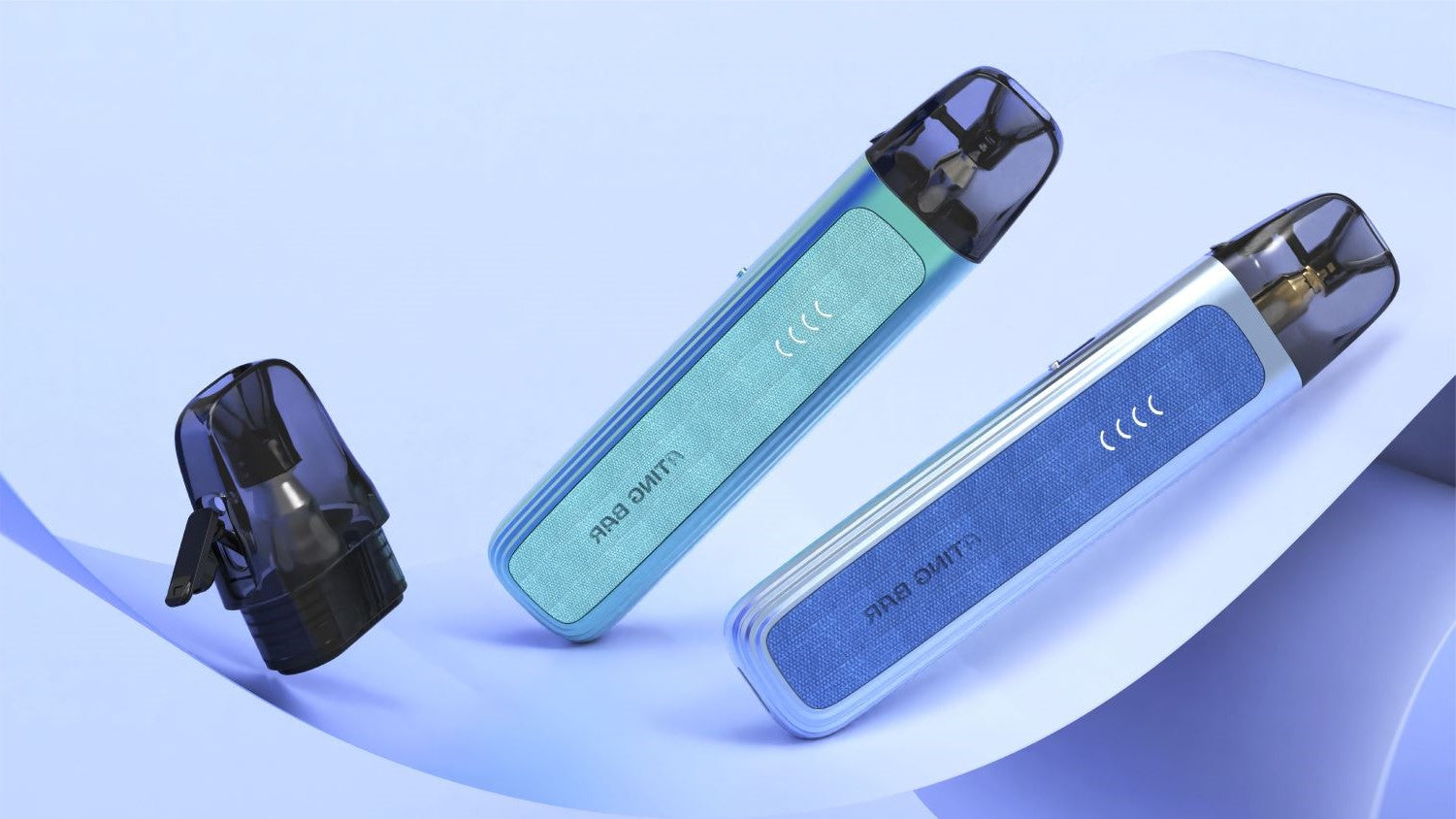
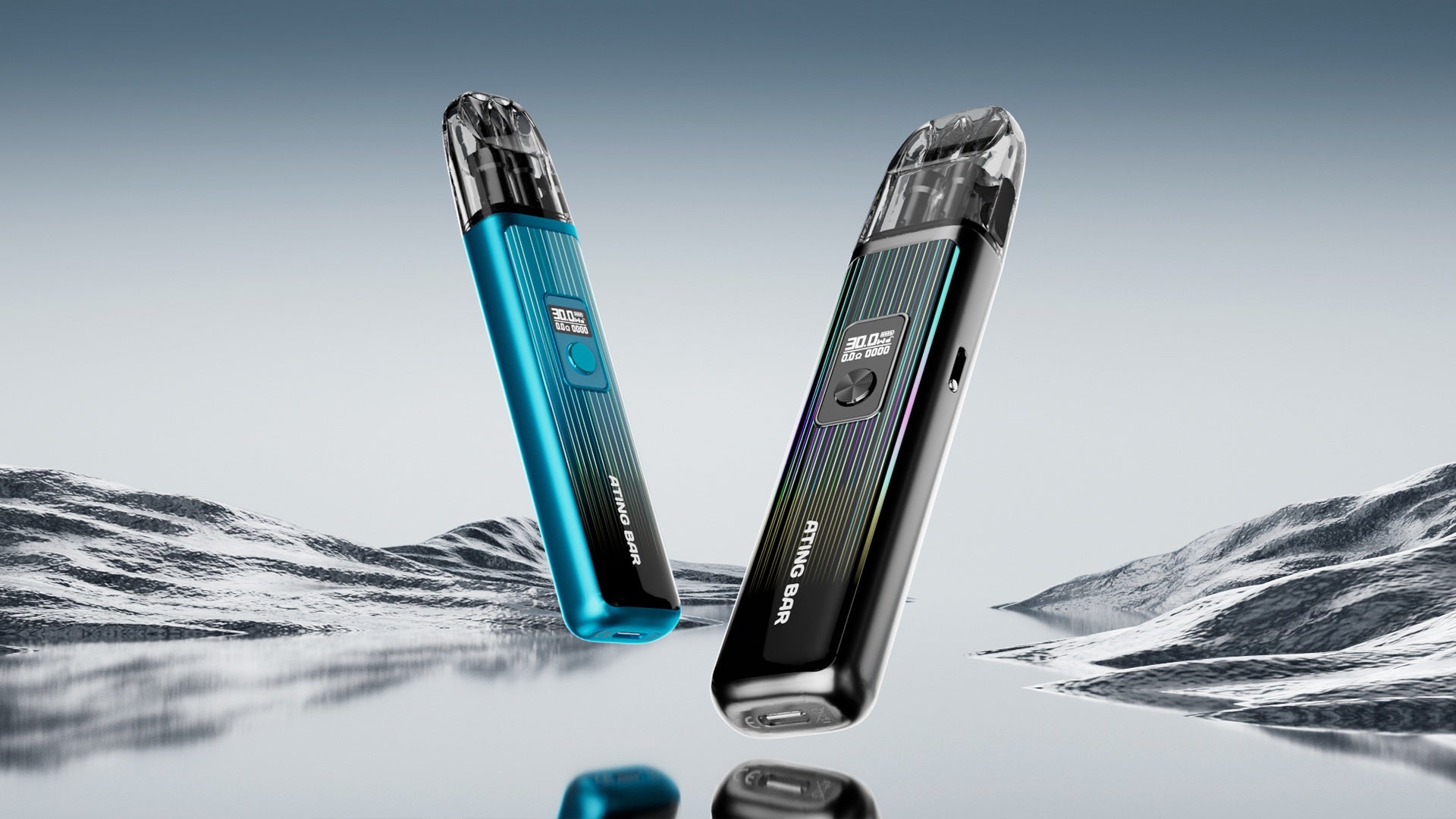
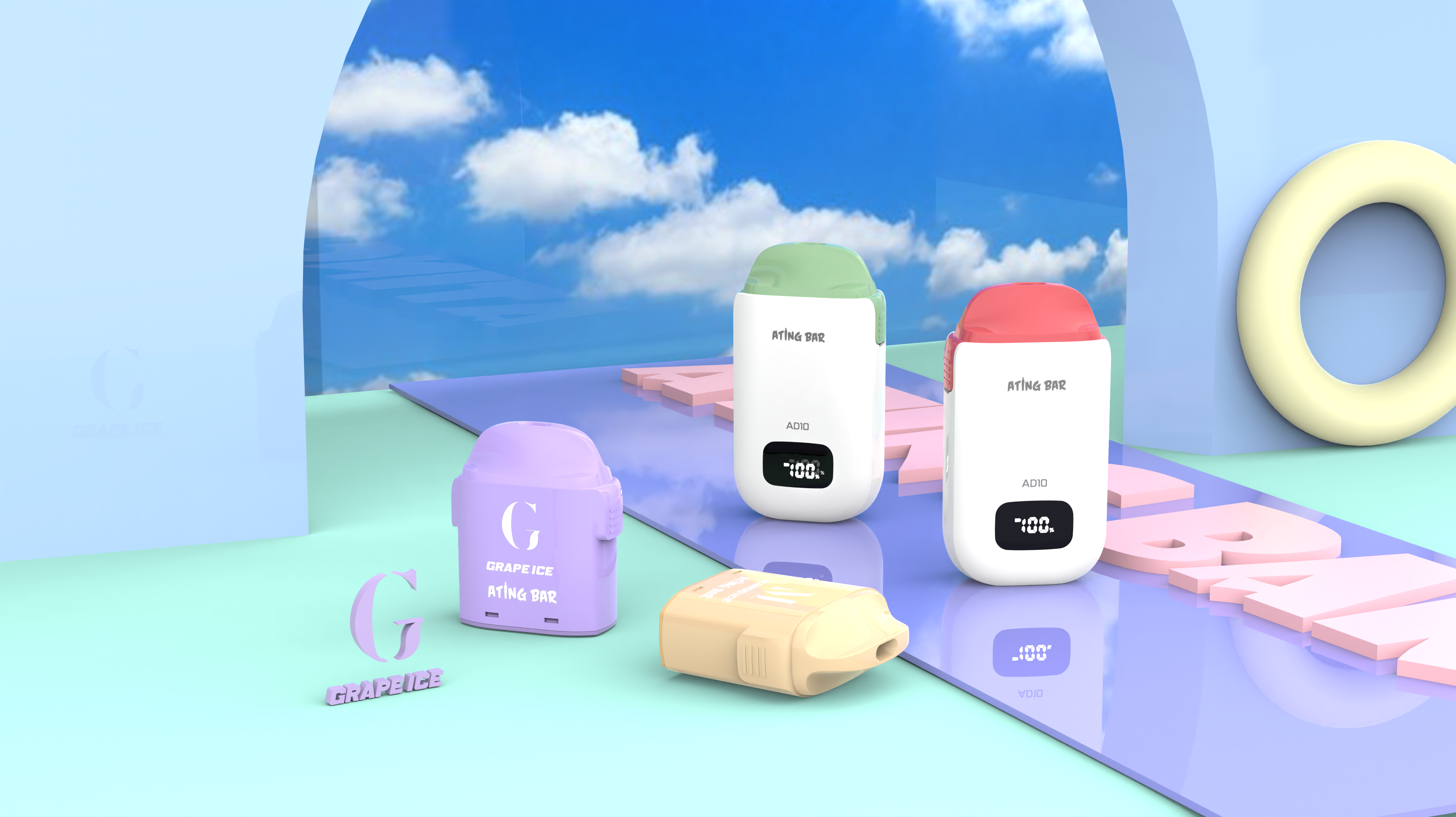
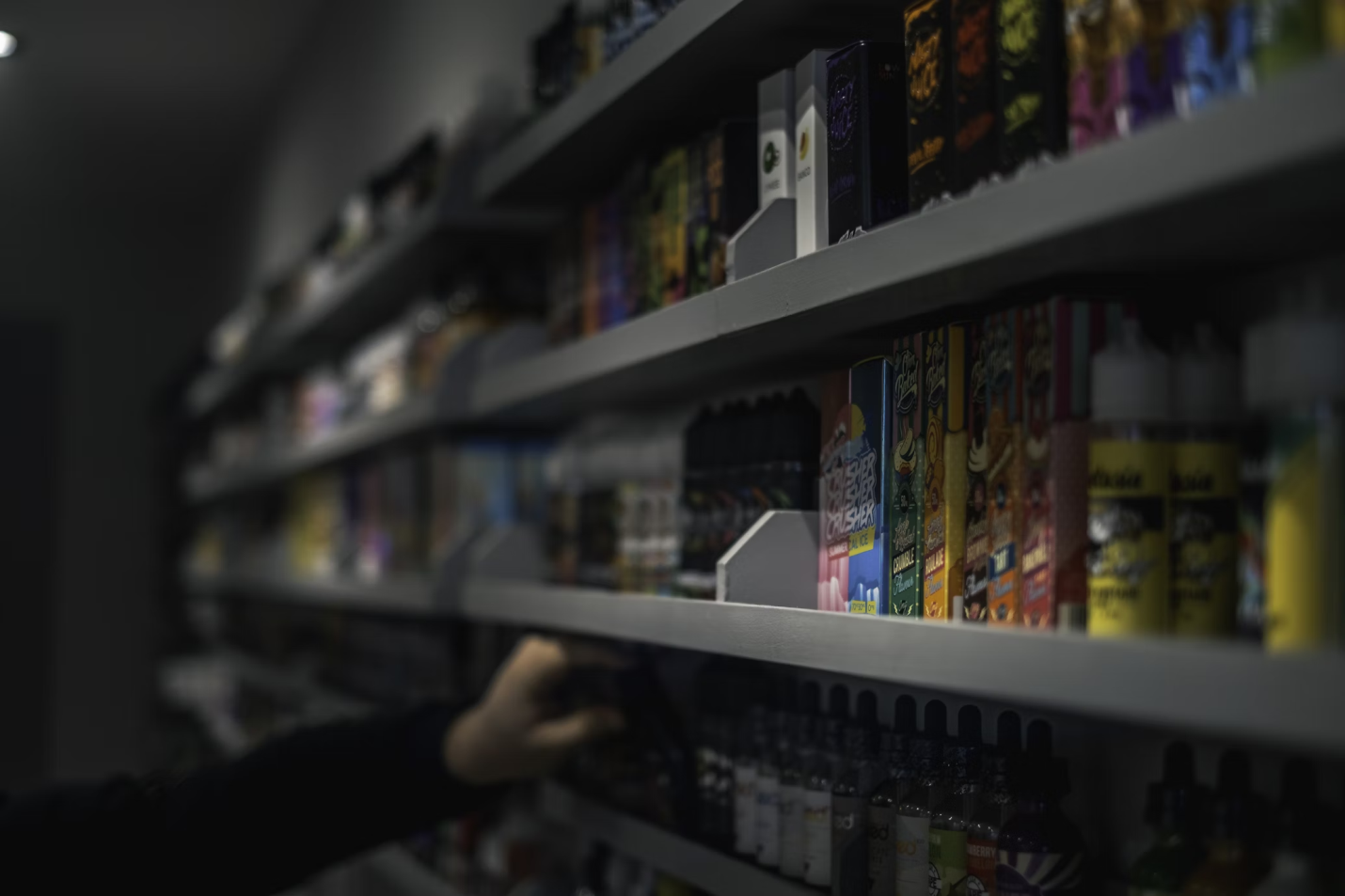
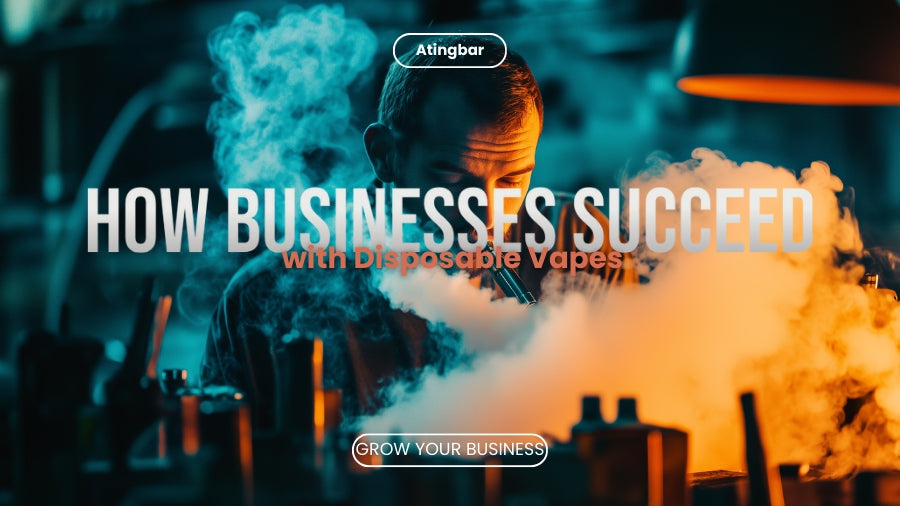
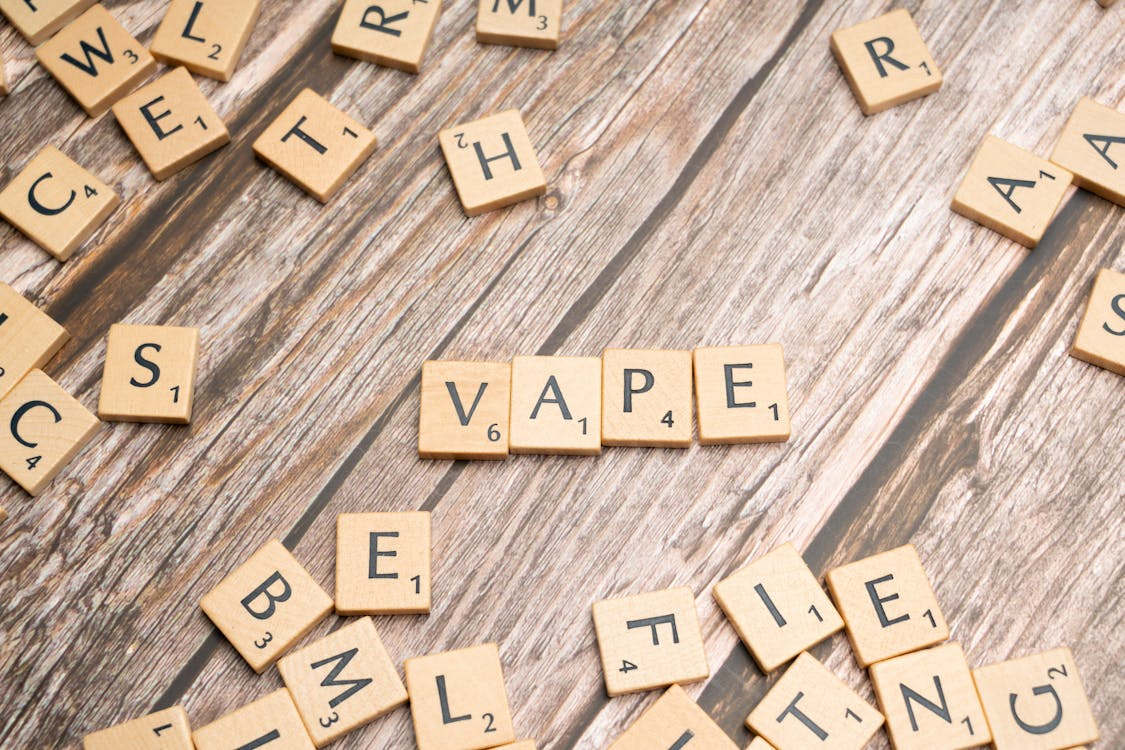
Leave a comment
All comments are moderated before being published.
This site is protected by hCaptcha and the hCaptcha Privacy Policy and Terms of Service apply.